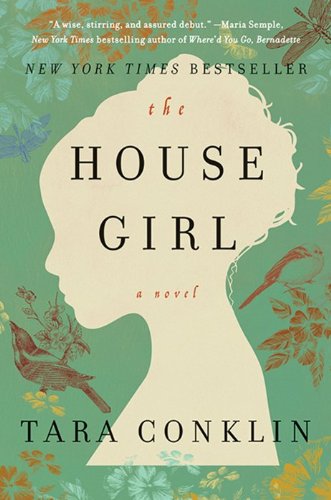The House Girl
Art, slavery and the nature of freedom are the themes of Tara Conklin’s haunting and powerful novel. Lina Sparrow is a young attorney in modern New York who has become involved in a lawsuit seeking reparations for the descendants of American slaves. Lina struggles with feelings of emptiness caused not only by having lost her mother at a young age but also by the fact that her father refuses to share with her the family history. She discovers that the portraits by white antebellum artist Lu Anne Bell might really have been the work of Bell’s teenaged slave, Josephine.
The story flashes back to Josephine’s life on a failing Virginia tobacco plantation, where she is both loved and abused, on the very day in 1852 when the young girl decides to escape slavery forever. The author brilliantly weaves the two plots together, showing how the various forms of psychological bondage experienced by the different characters keeps them from being truly free. Similarly, the anguish Josephine experiences as she sifts through the conflicting emotions she has for Lu Anne, whom she has served as a “house girl,” demonstrates the devastating emotional impact of chattel slavery on its victims.
For all of her liberties, Lina, cut off from normal family life and working long, exhausting hours, is in some ways a contemporary “house girl.” The historical detective work which Lina must do in order to uncover the truth adds another level of suspense to an already gripping novel. Anyone who enjoys historical mysteries will find The House Girl an unforgettable read full of tragedy, pathos and triumph.










